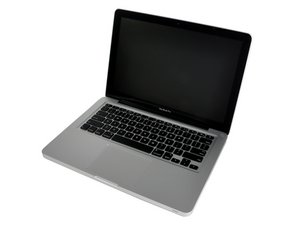At this point you’ll need to take your dead internal drive out and put in your new drive. But we do have an issue which we do need to address here as your system used an older SATA spec SATA II (3.0 Gb/s) and most of the drives sold today are SATA III (6.0 Gb/s).
Basically, you can’t use most of them as they are too fast! You need to find a drive which is able to run at the slower SATA speed (older fixed speed) or a newer SATA III drive which offers auto speed sense technology! Thats a drive which has the smarts to match to the systems SATA ports data I/O. Many of the drives sold now don’t offer this technology as the need to support older systems like yours has waned so to be competitive they have removed the logic (saving pennies). So do be careful as the rev of the drive can be a factor as in the case of Seagate drives. And Western Digital drives don’t offer sense technology in their current drives.
Now the fun starts! How do you tell? You need to review the given drives spec sheet so as an example the Samsung 870 EVO offers the needed ability to match up. Looking at the spec sheet here we can see the Interface line states clearly:
SATA 6 Gb/s Interface, compatible with SATA 3 Gb/s & 1.5 interfaces
Review the spec sheet of the drive you are looking at if it doesn’t state it clearly like this find another drive.
You’ll need to create the needed OS installer drive as a bare drive doesn’t offer then needed files to run. Here we’ll need a friend to help you who has a Mac system and you’ll also need a 32GB USB thumb drive.
Using your friends system first format the USB drive to GUID with a journaled file system using Disk Utility
Next download the OS installer that your system can support. The highest is OS-X El Capitan (10.11.x), download from Apples severs here: How to get old versions of macOS
Next Follow this guide to setup your USB drive How to make a bootable OS X 10.11 El Capitan installer drive
Now using it on your system you should be able to boot up with it. If you can’t try using the Option (⌥) to access the Startup manager to select the bootable drive. If you don’t see your installer you either have a problem with the drives setup or the USB port has a problem. See if the other port works.
Reference: Mac startup key combinations
Был ли этот ответ полезен?
Проголосовали
Отменить
Оценка
1
Отмена
Scroll through this thread to find the appropriate place for this comment. Then, click "Attach comment to this post" to move it.

 1
1 
 329
329  971
971